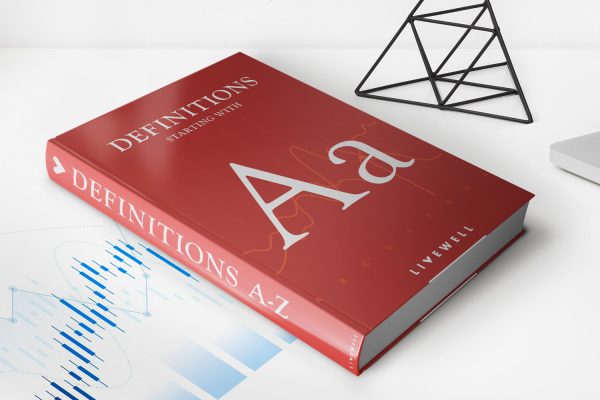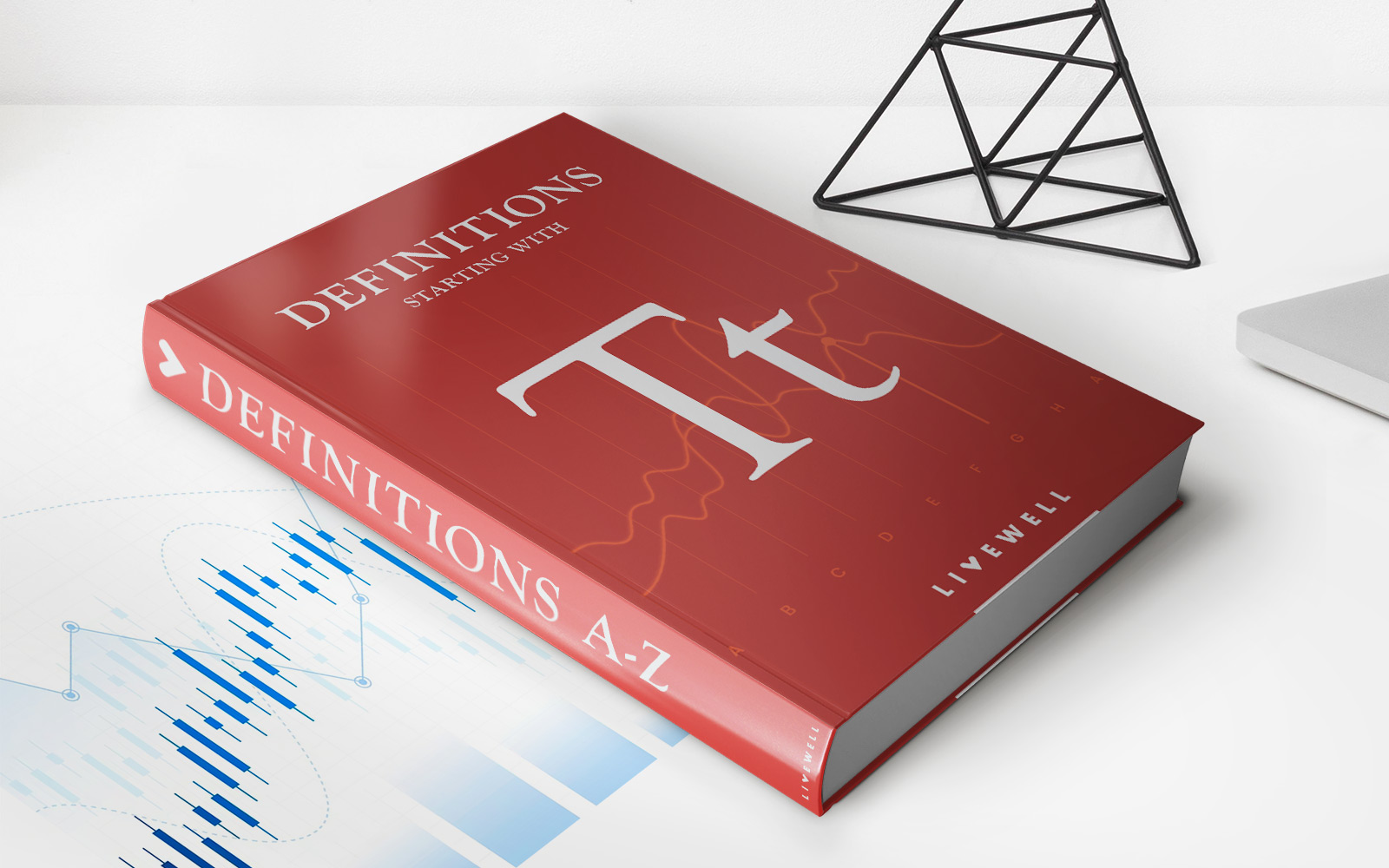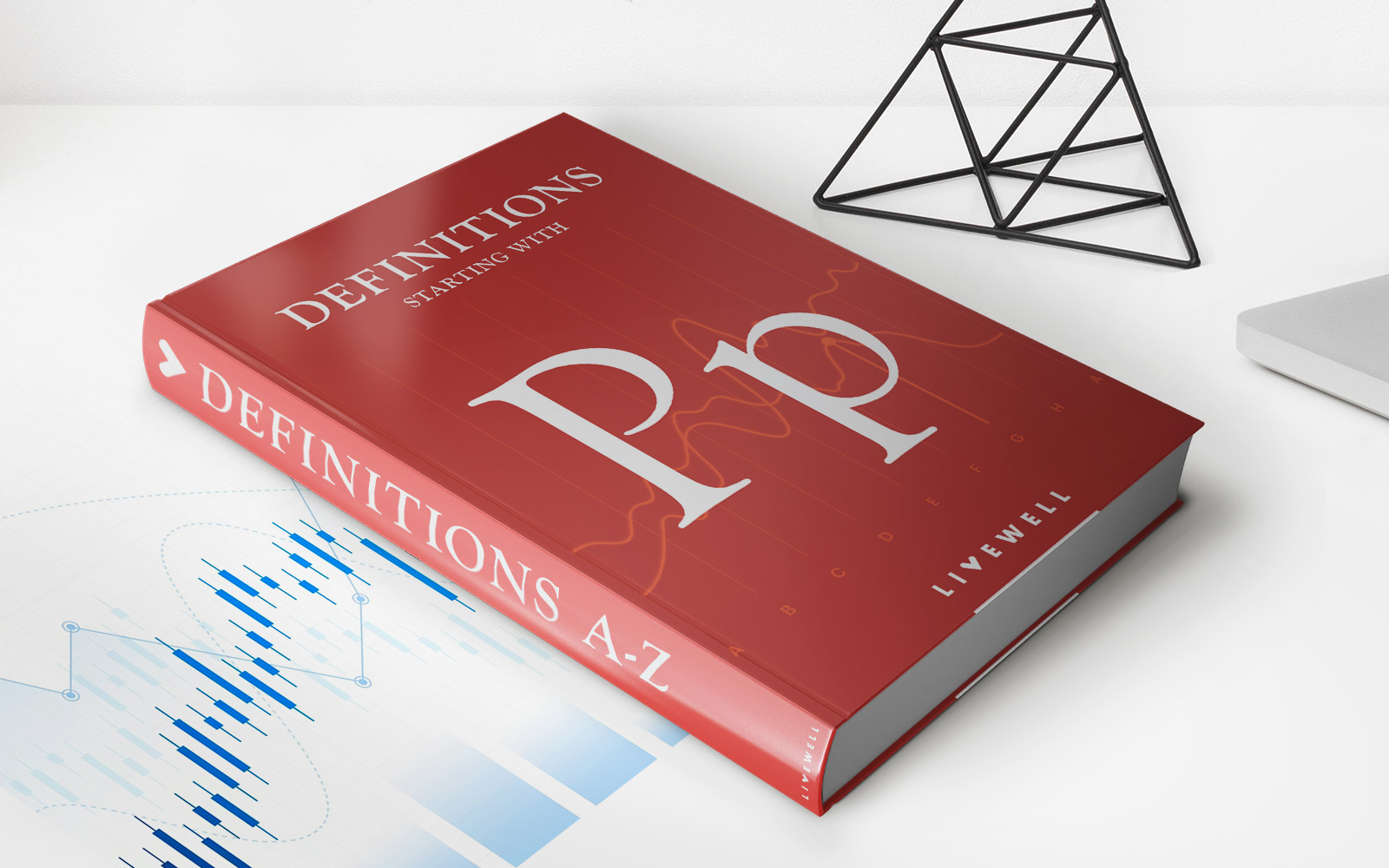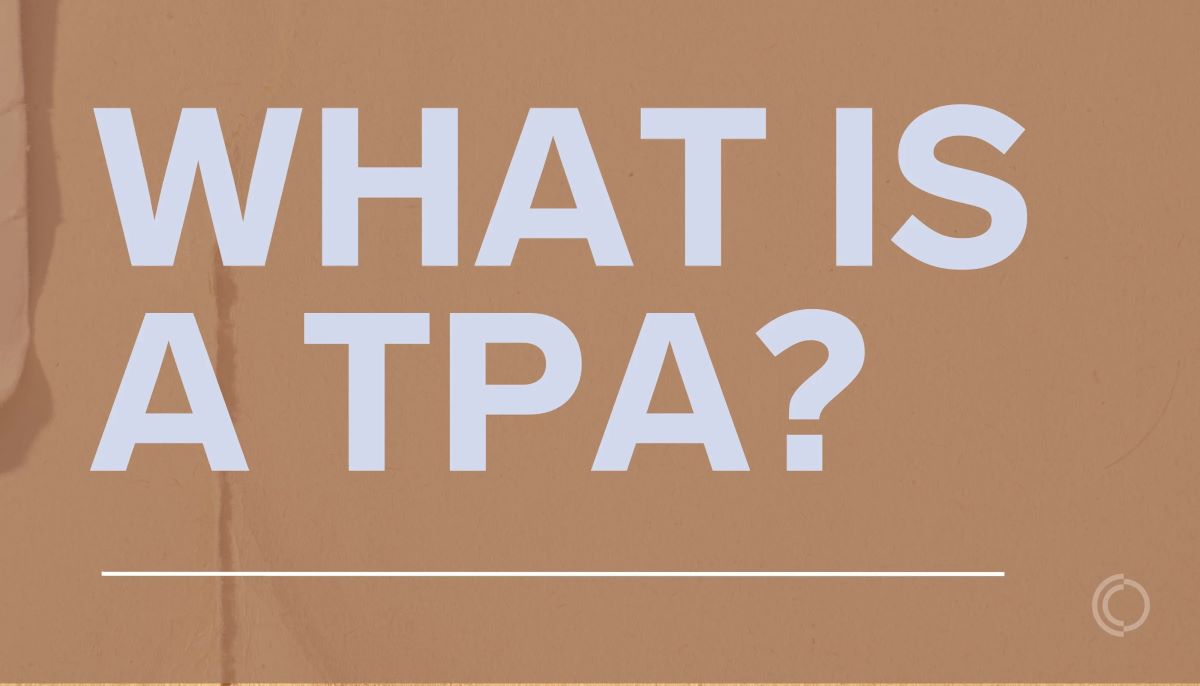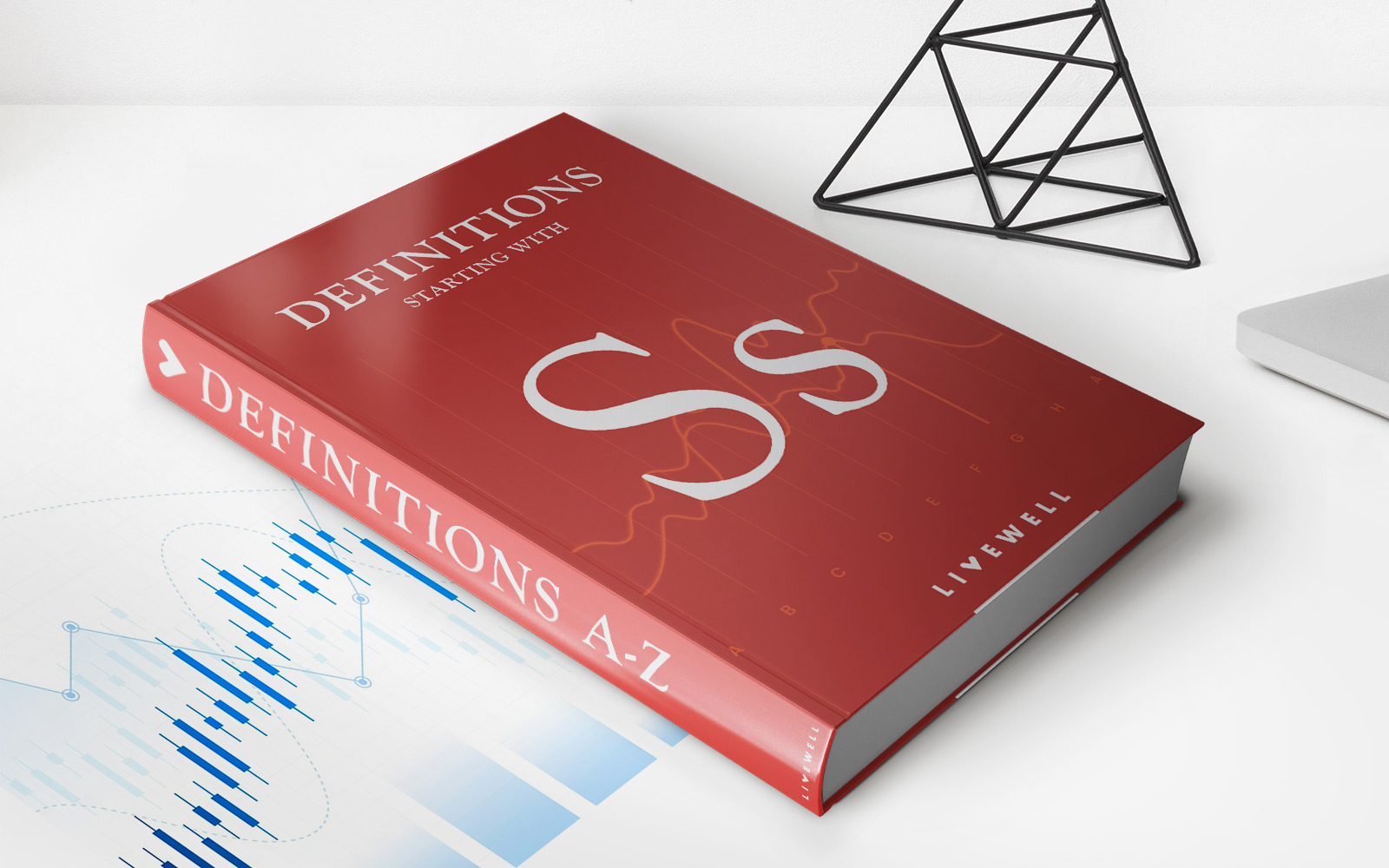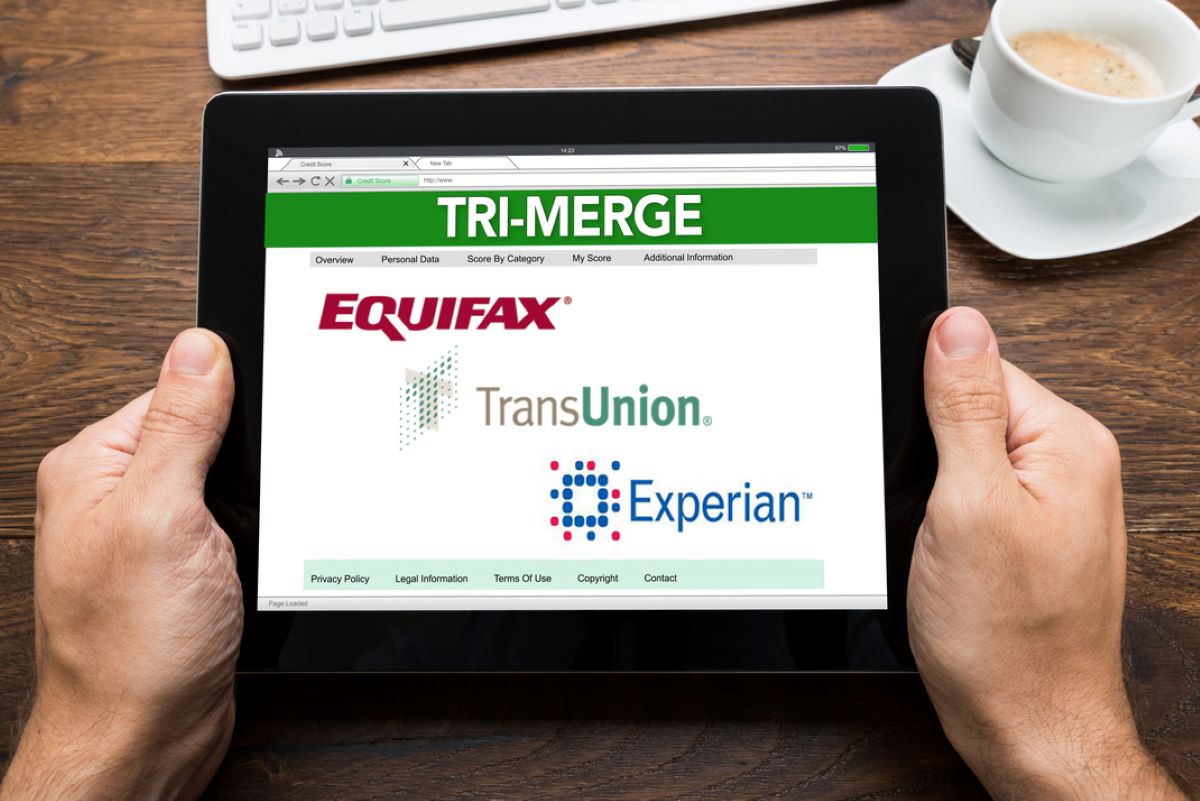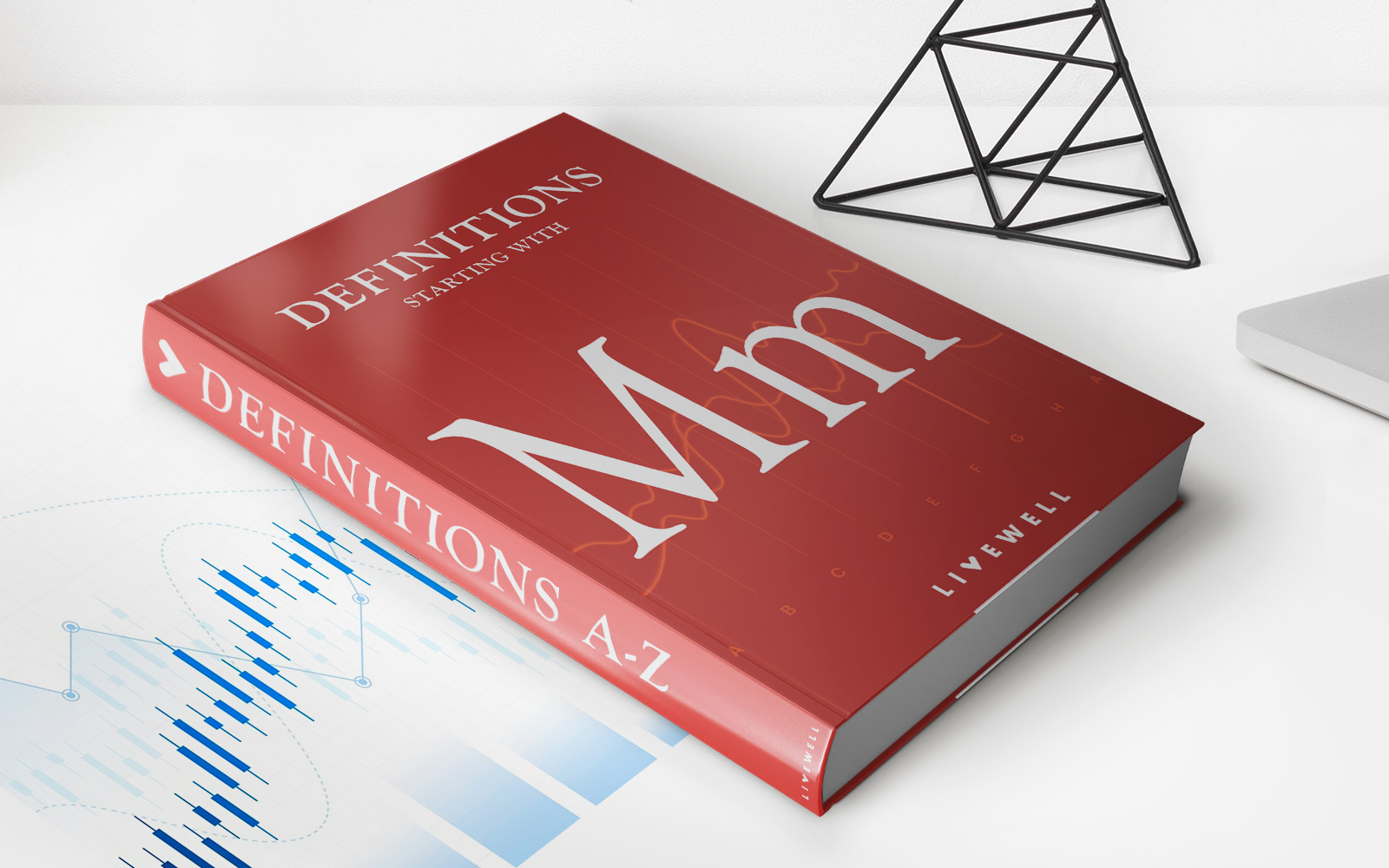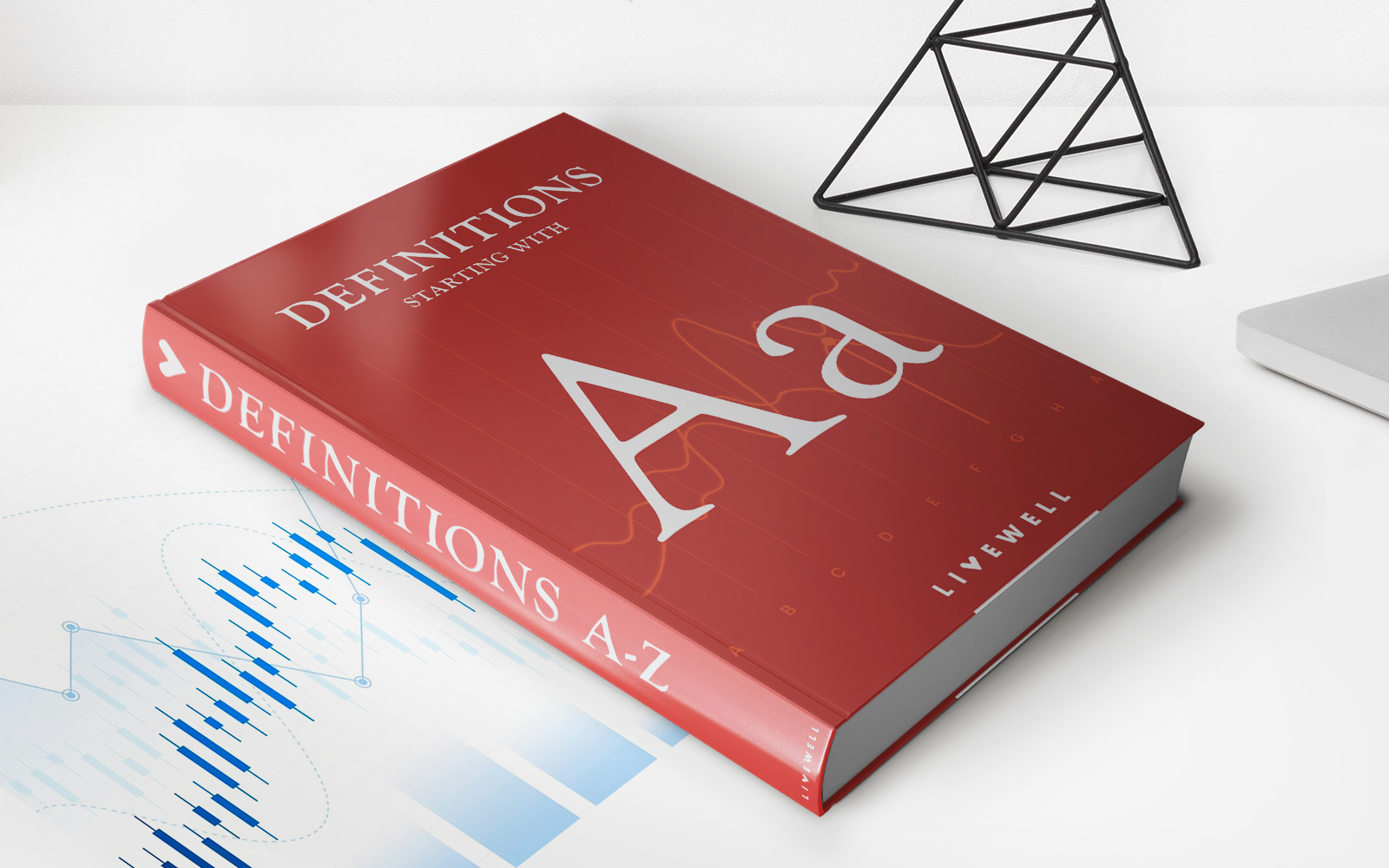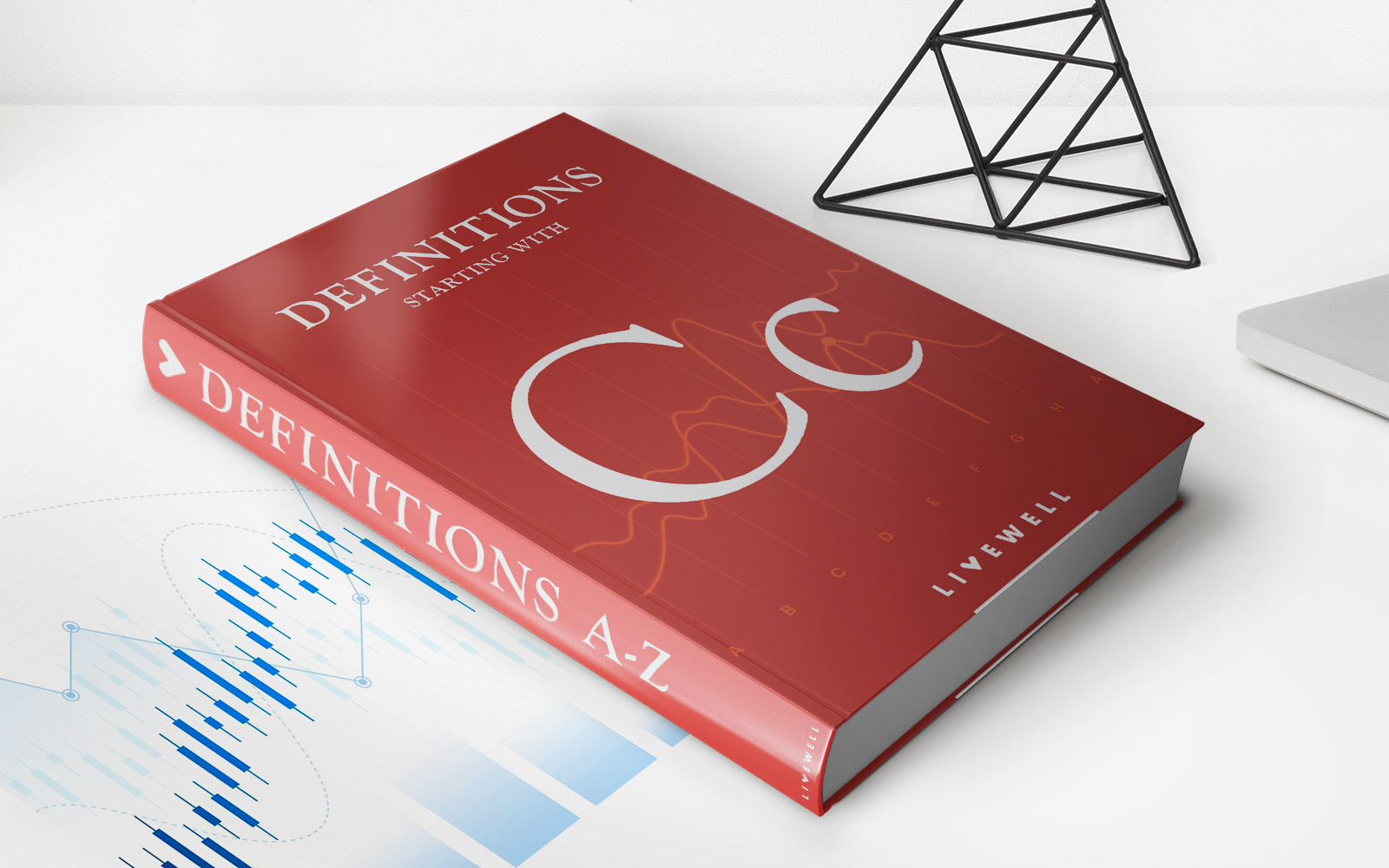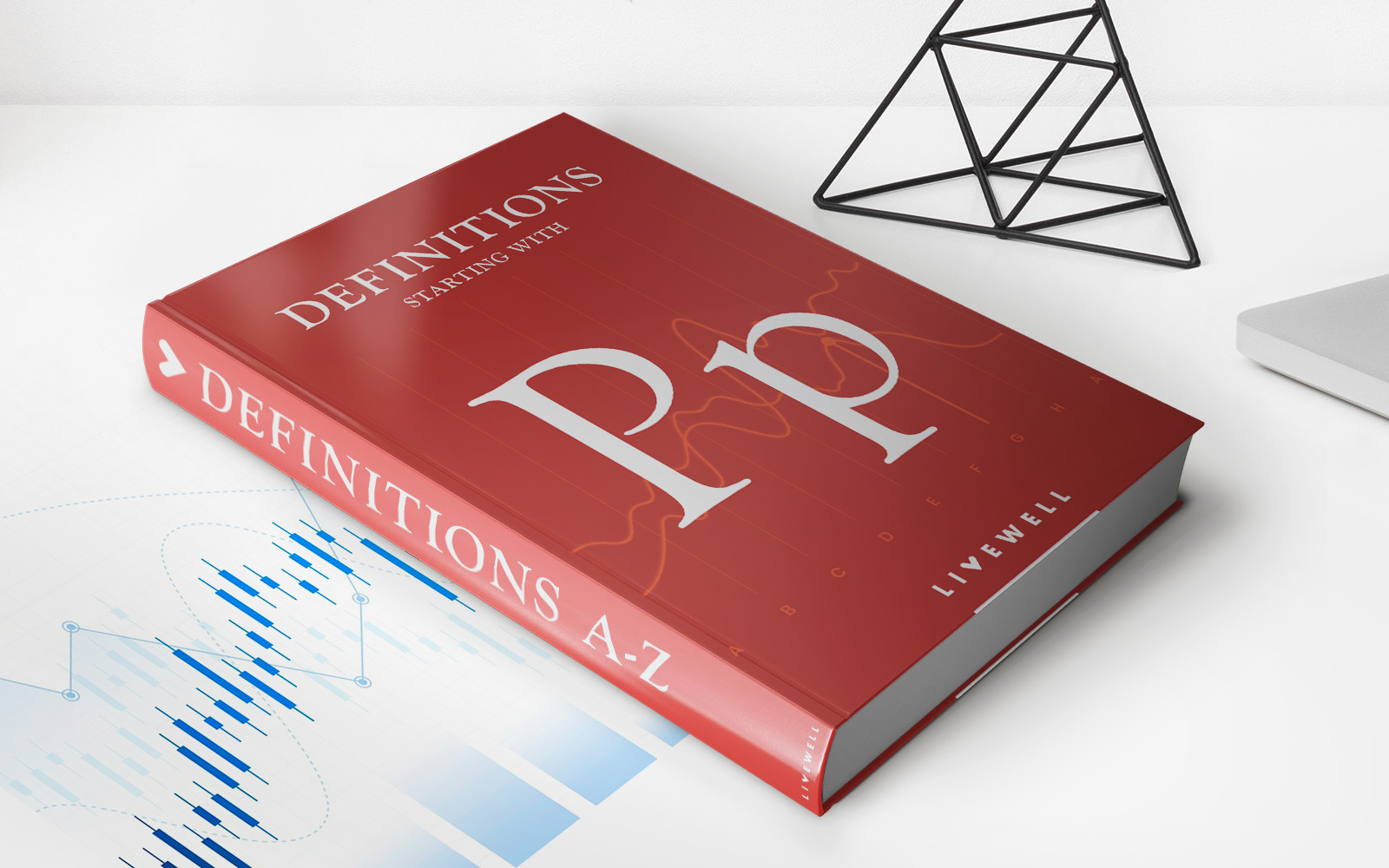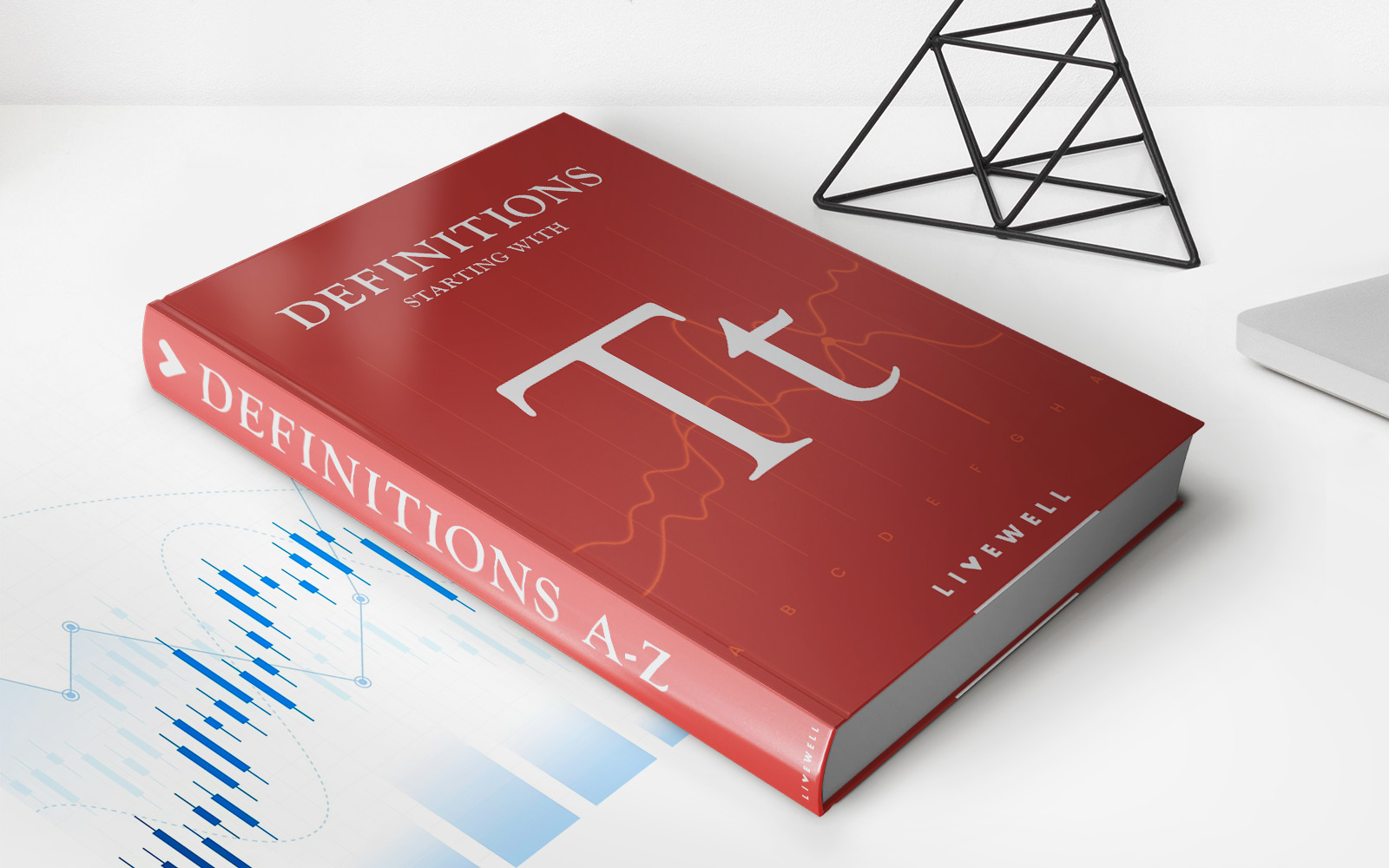

Finance
Tri-Party Agreement Definition
Published: February 11, 2024
Discover the definition of the Tri-Party Agreement in the world of finance. Learn how this crucial financial arrangement plays a vital role in various transactions.
(Many of the links in this article redirect to a specific reviewed product. Your purchase of these products through affiliate links helps to generate commission for LiveWell, at no extra cost. Learn more)
Understanding Tri-Party Agreement Definition in Finance
Finance is a vast field filled with various terms and agreements that can sometimes be overwhelming. One such agreement is the Tri-Party Agreement, which plays a crucial role in certain financial transactions. In this article, we will explore the definition and significance of a Tri-Party Agreement, shedding light on its key components and implications.
Key Takeaways:
- A Tri-Party Agreement involves three parties: a borrower, a lender, and a third-party agent.
- These agreements are commonly used in complex financial transactions, such as project financing or real estate ventures.
What is a Tri-Party Agreement?
A Tri-Party Agreement is a legal contract executed between three parties to establish their rights, obligations, and responsibilities in a specific financial transaction. The three parties involved in this agreement are typically a borrower, a lender, and a third-party agent. The agreement acts as a guiding document that outlines the terms and conditions that all parties must adhere to during the course of the transaction.
Tri-Party Agreements are commonly used in intricate financial arrangements. For example, in project financing scenarios, where large sums of money are involved, the lender may require additional security. This is where a third-party agent, such as a trustee or an escrow agent, comes into the picture. The third-party agent holds and manages the collateral or funds on behalf of the lender and borrower, ensuring that both parties fulfill their respective obligations.
The Role and Significance of a Tri-Party Agreement
A Tri-Party Agreement is crucial for all parties involved in a complex financial transaction. It helps in establishing a clear understanding and framework, ensuring that each party’s interests are protected. Let’s take a closer look at the significance of this agreement:
1. Transparency and Accountability: A Tri-Party Agreement lays out the roles and responsibilities of all parties involved, leaving no room for ambiguity or misunderstandings. This promotes transparency and accountability, ensuring that everyone knows what is expected of them.
2. Risk Mitigation: By involving a third-party agent, a Tri-Party Agreement helps mitigate the risks associated with the financial transaction. The third-party agent acts as a neutral party that safeguards the interests of both the lender and the borrower, reducing potential conflicts or disputes.
Tri-Party Agreements also address critical aspects such as payment obligations, default scenarios, dispute resolution mechanisms, and termination conditions. These agreements are legally binding and serve as a crucial safety net for all parties involved, enabling smoother and more secure financial transactions.
Next time you come across the term “Tri-Party Agreement” in the finance realm, you can be confident in your understanding of its definition and significance. Remember, in complex financial transactions, these agreements act as a protective shield, ensuring all parties work towards a common goal while minimizing risks and uncertainties.
